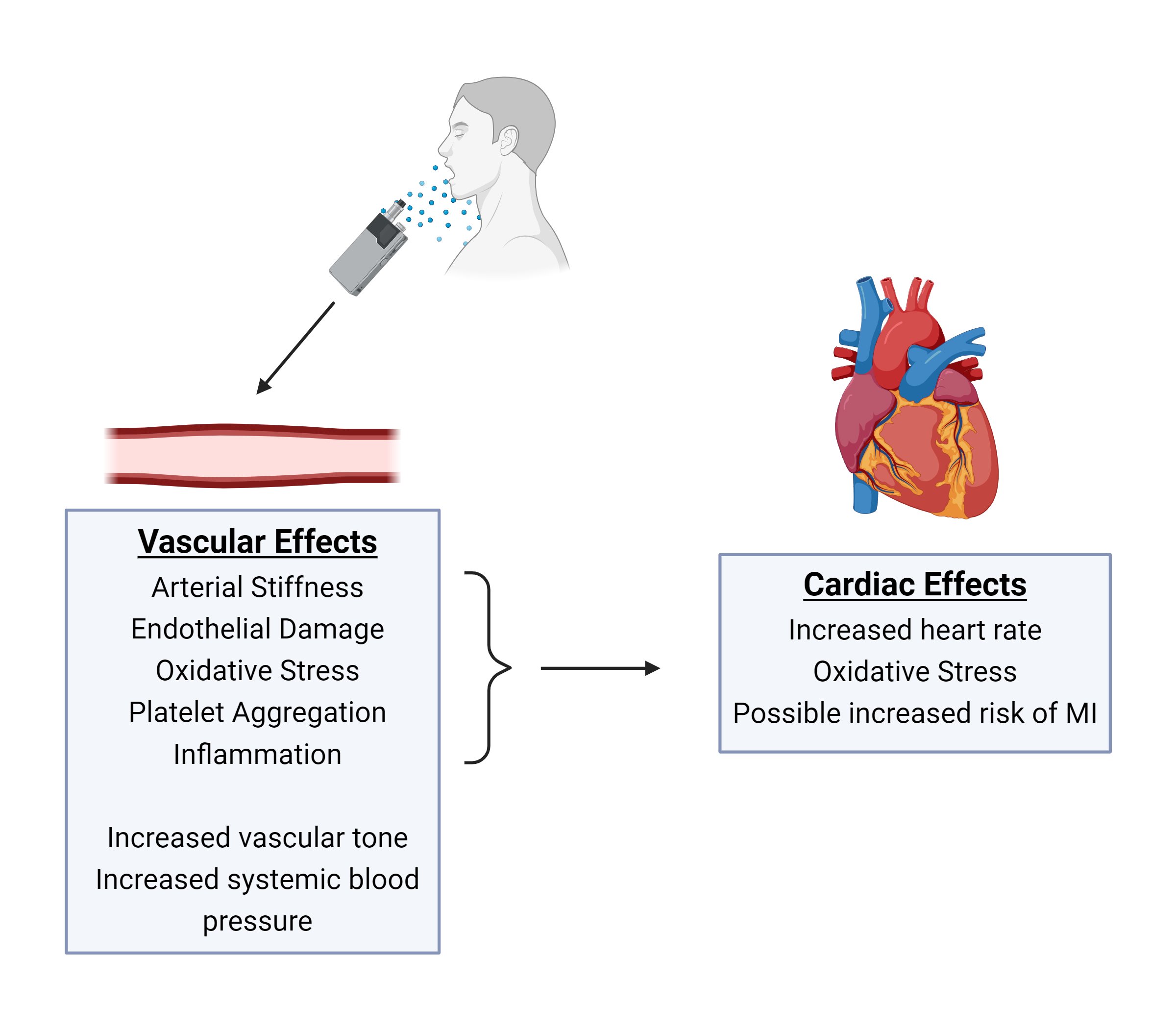The Connection Between Alzheimer’s Disease and Cardiovascular Disease
In a somewhat narrow diagnostic lens, Alzheimer’s disease (AD) has been considered a brain-specific disease characterized by the presence of Aβ (β-amyloid) plaques and tau neural fibrillary tangles along with neural inflammation; these pathologies ultimately lead to neuronal death and consequently clinical symptoms such as memory loss, confusion, and impaired cognitive function. However, for decades, researchers have noticed a link between various cardiovascular abnormalities, such as heart failure, coronary artery disease, atrial fibrillation, and vasculopathy. A considerable volume of work has pointed to this potential connection, focusing mainly on the associations between cerebral hypoperfusion and neuronal degradation. New research has shown that Aβ aggregations—biochemically and structurally akin to those found in typical AD pathology—are now known to be present in the hearts of individuals with idiopathic dilated cardiomyopathy, as well as in the hearts of patients with AD. These findings suggest a potential systemic profile of proteinopathies and a new hypothesis for the link between peripheral and central symptoms of heart failure and AD. To the right, we provide an overview of the cardiovascular links to Alzheimer’s disease and our latest publication on this topic.
| Made with BioRender.com |
E-Cigarettes and Cardiopulmonary Health
E-cigarettes have surged in popularity over the last few years, particularly among youth and young adults. These battery-powered devices aerosolize e-liquids, composed of propylene glycol and vegetable glycerin, typically containing nicotine, flavors, and stabilizers/humectants. While combustible cigarettes are associated with several adverse health effects, including multiple pulmonary and cardiovascular diseases, the effects of e-cigarettes on both short- and long-term health have only begun to be investigated. Given the recent increase in the popularity of e-cigarettes, there is an urgent need for research to address their potential adverse health effects. The report below is prepared for clinicians, researchers, and other healthcare providers to provide the current state of knowledge on how e-cigarette use might affect cardiopulmonary health, along with our lab’s most recent publication on this topic.
| Made with BioRender.com |
Cardiovascular Effects Following Exposure to Debris from the World Trade Center Disaster
| Graph sourced from Asbestos.com |
Exposure to crushed building materials and fumes containing volatile chemicals and particulate matter from the World Trade Center disaster has affected thousands of citizens and first responders in New York City. An estimated 410,000 first responders, cleanup crews, and survivors spent weeks breathing in this heavily polluted air. As a result, these individuals have become increasingly prone to age-related diseases, such as cardiovascular disease, which their prior exposure to World Trade Center disaster dust may have accelerated or exacerbated. Following the World Trade Center disaster, 4,343 survivors and first responders have died, according to the World Trade Center Health Program. The goal of our research on this topic is to understand how this debris may contribute to the development and acceleration of cardiac disease. To achieve this goal, our lab is utilizing both rat and mouse models. Below is a report that explains our current understanding of how exposure to dust from the World Trade Center Disaster is impacting survivors, along with our most recent publication on this topic.






